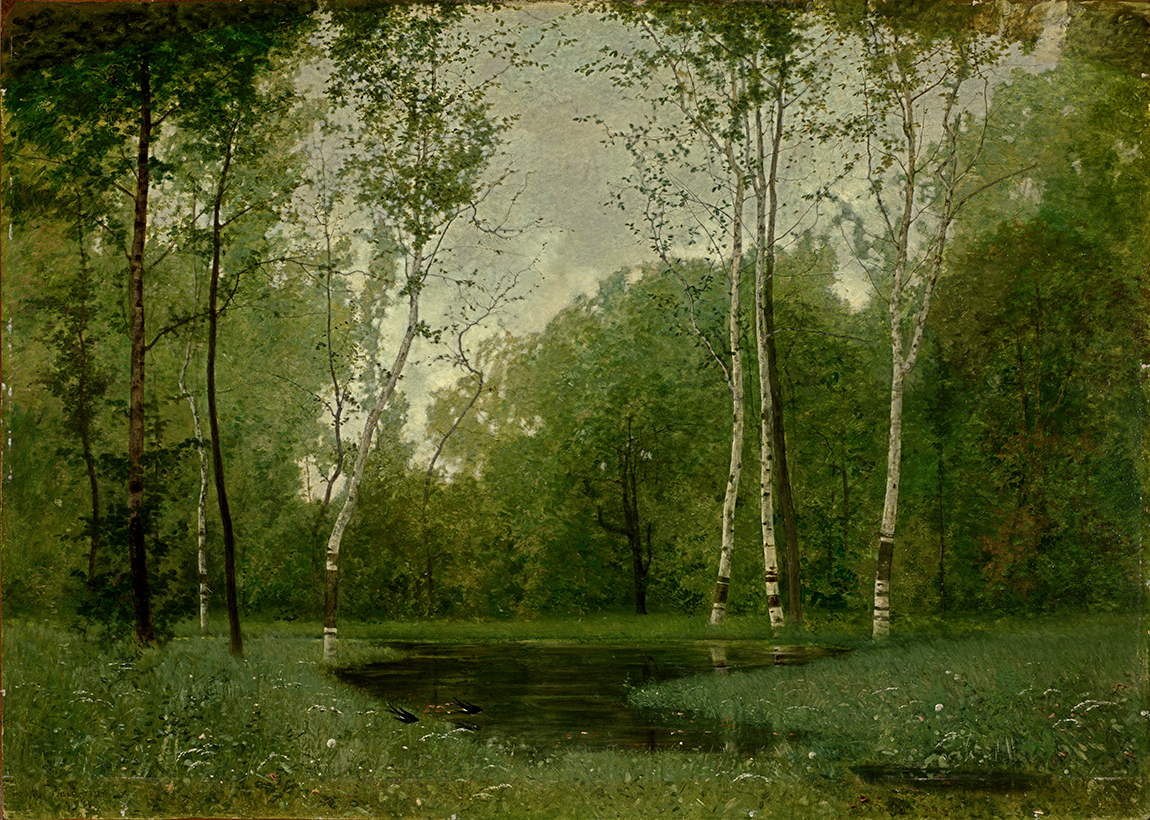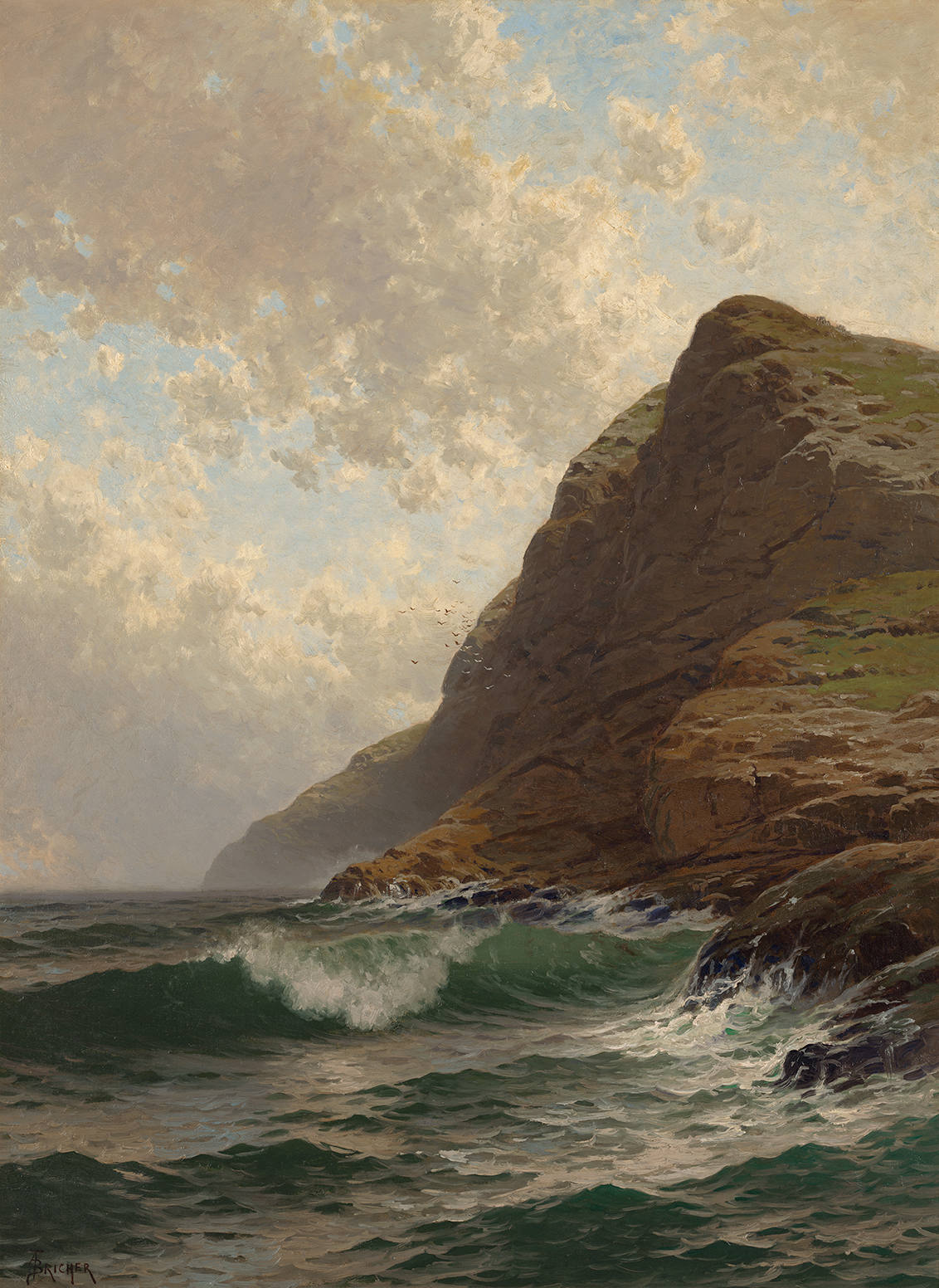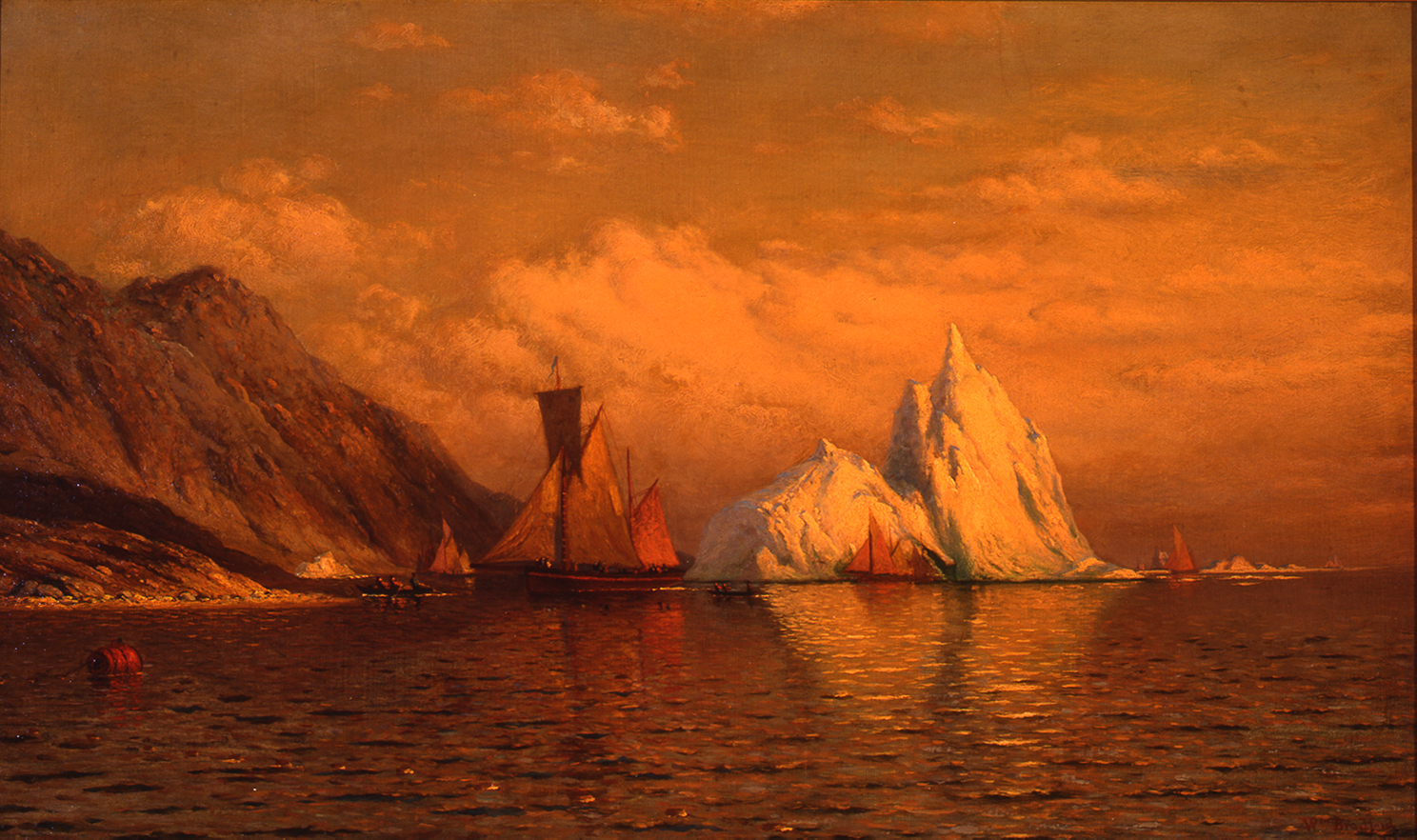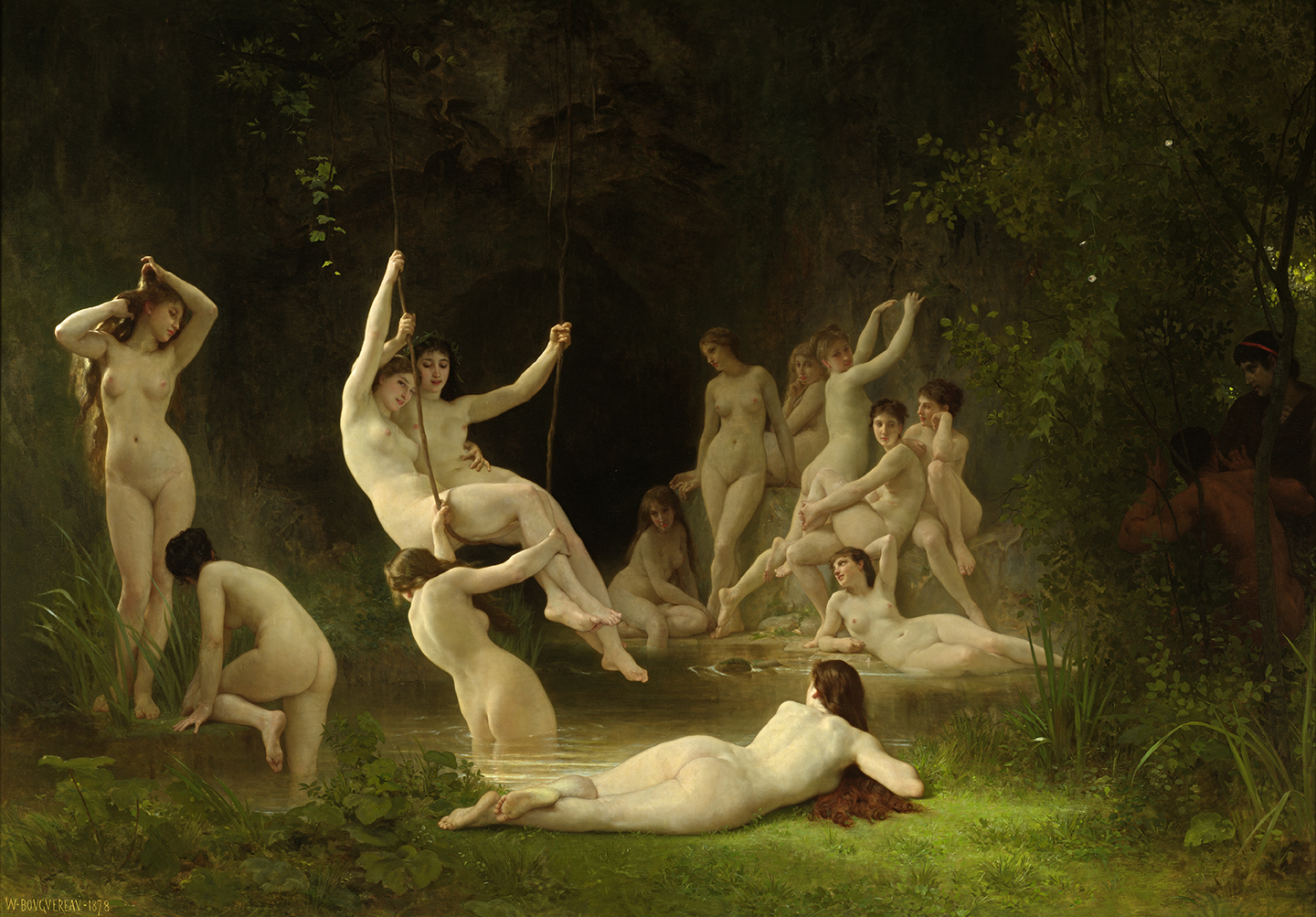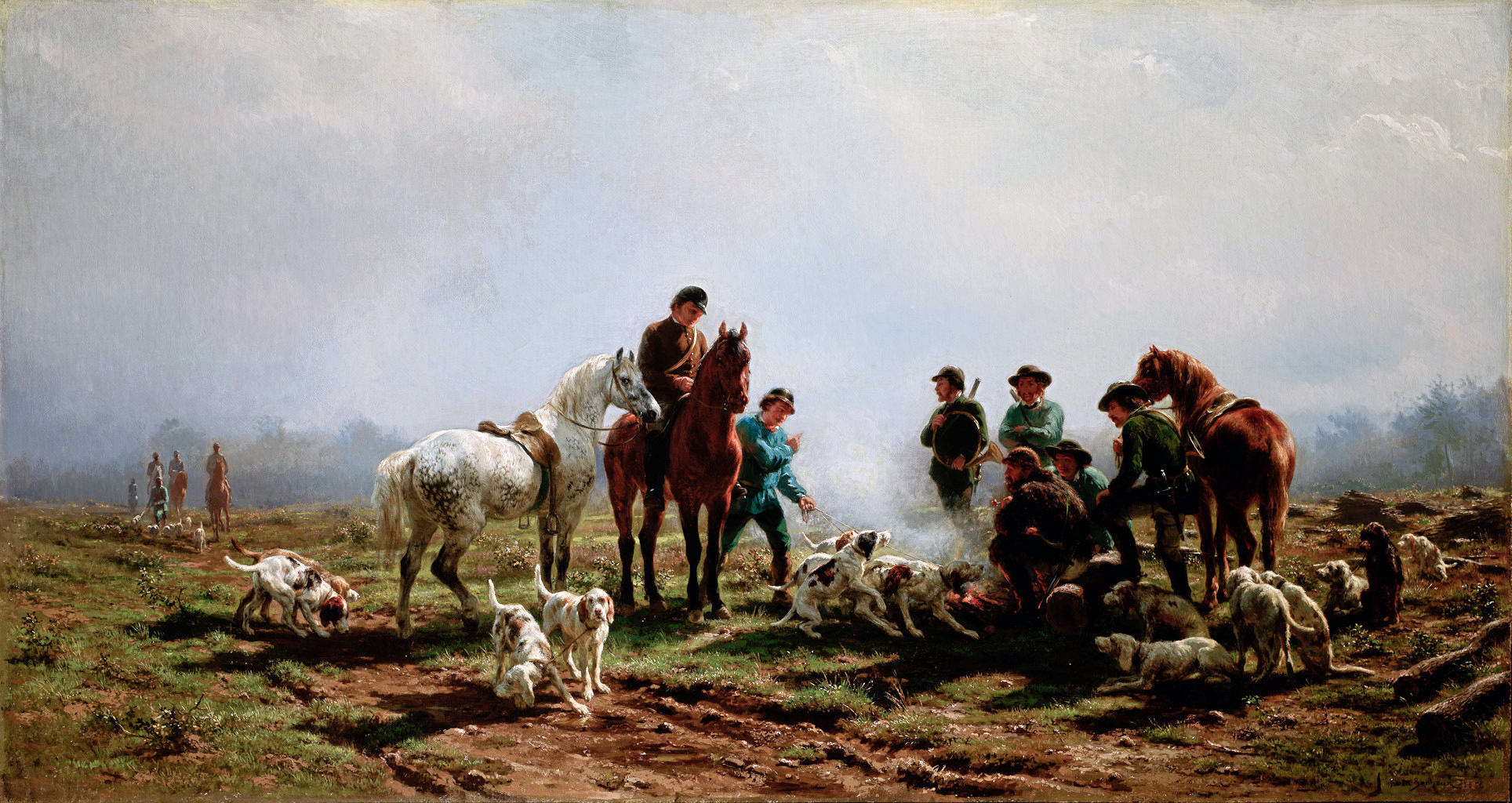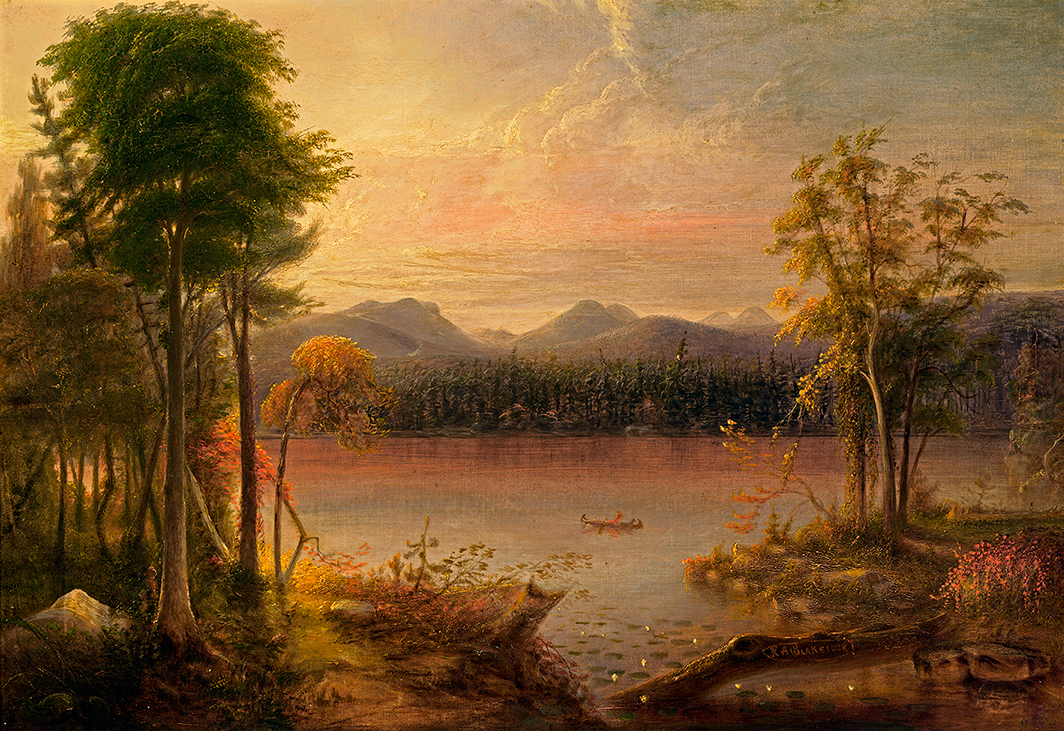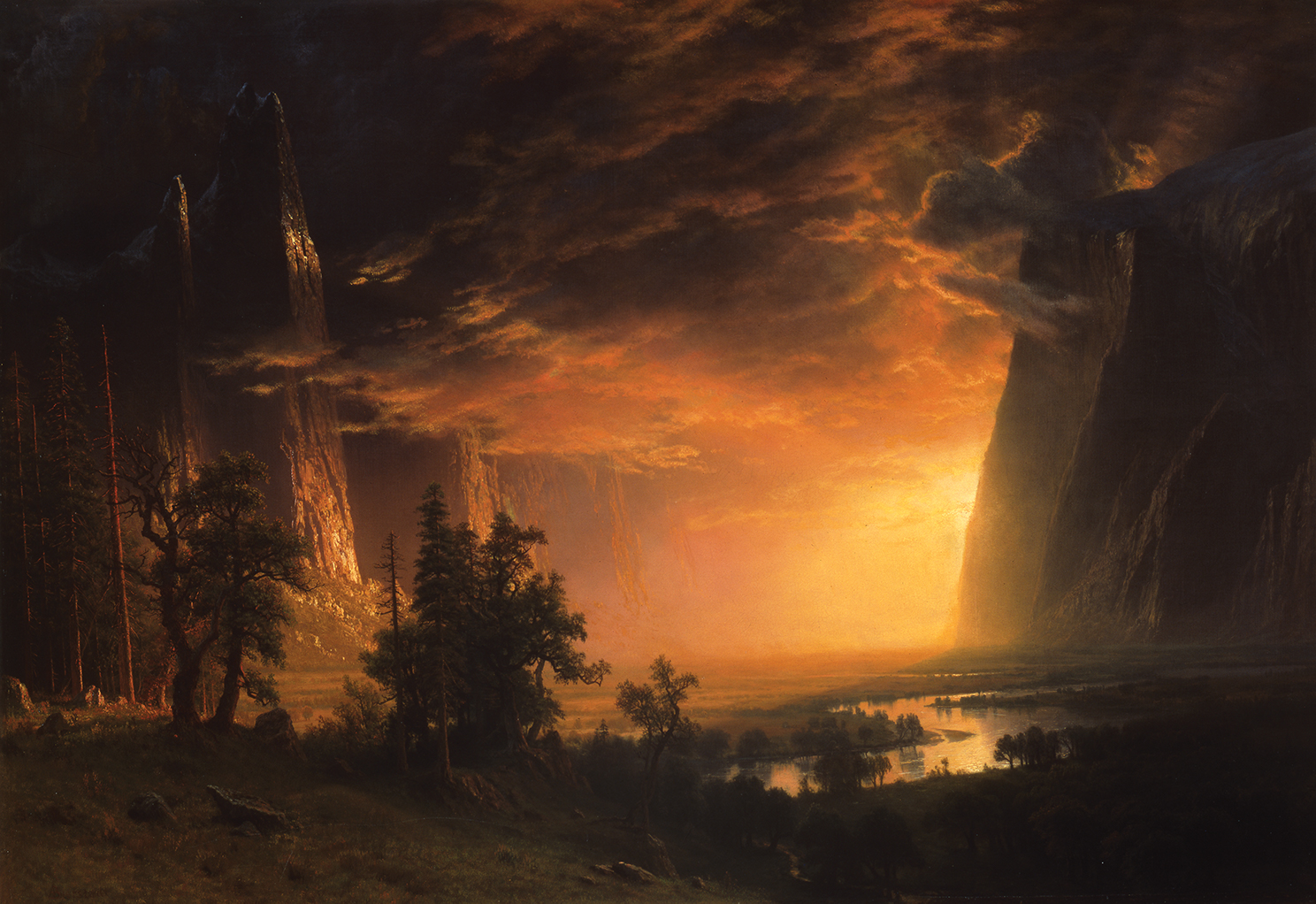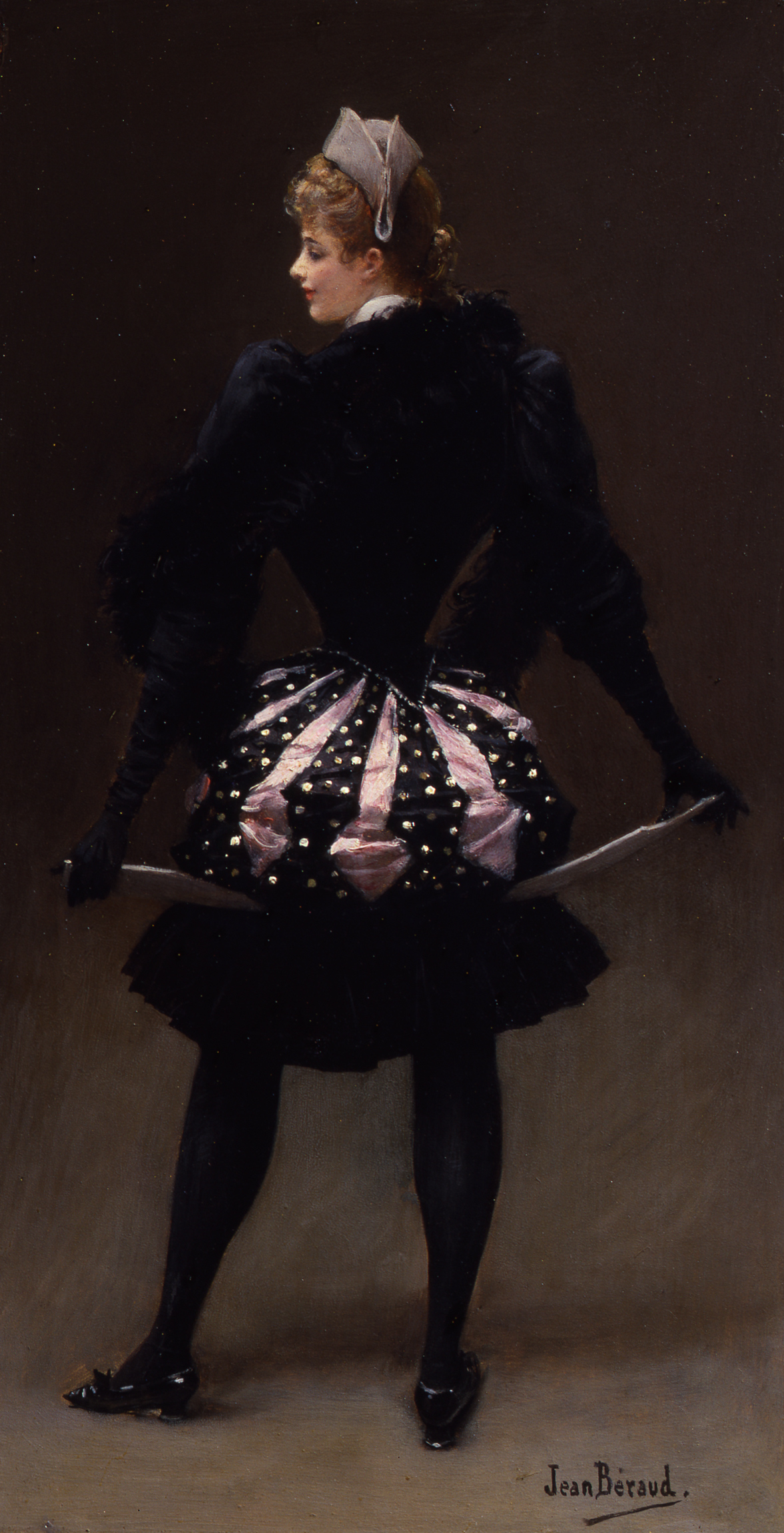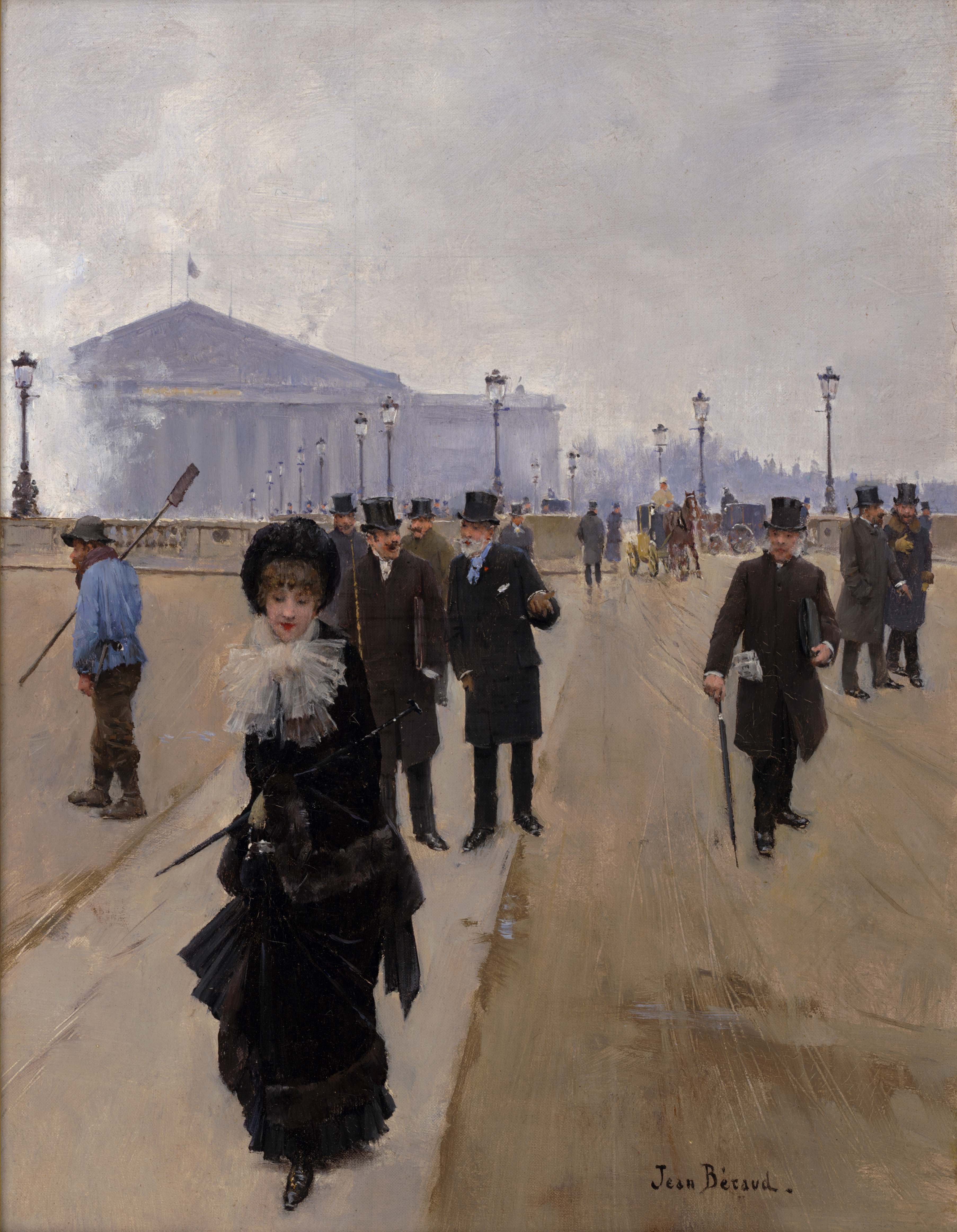A lifelong resident of Turin, the Italian painter Marco Calderini exhibited throughout Europe between 1870 and 1910. He studied at the Accademia Albertina in Turin with Andrea Gastaldi and Antonio Fontanesi and, in the early 1870s, began to work as a painter and as a French teacher. By 1875, he was able to give up teaching French to paint full time. His paintings won awards in Paris, Venice, Nice, and Barcelona. Calderini was one of a group of artists chosen to represent Italy at the 1893 Columbian Exposition in Chicago.
Unlike many artists in this collection, we do not know where Calderini studied or who his closest colleagues were. We know little about his career. What we do know is that his Rainy Day in Spring follows the conventions of the Barbizon School: a relatively small canvas showing a peaceful, understated outdoor scene. His realist vision is often softened by muted colors and a balanced composition.
